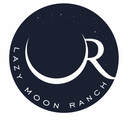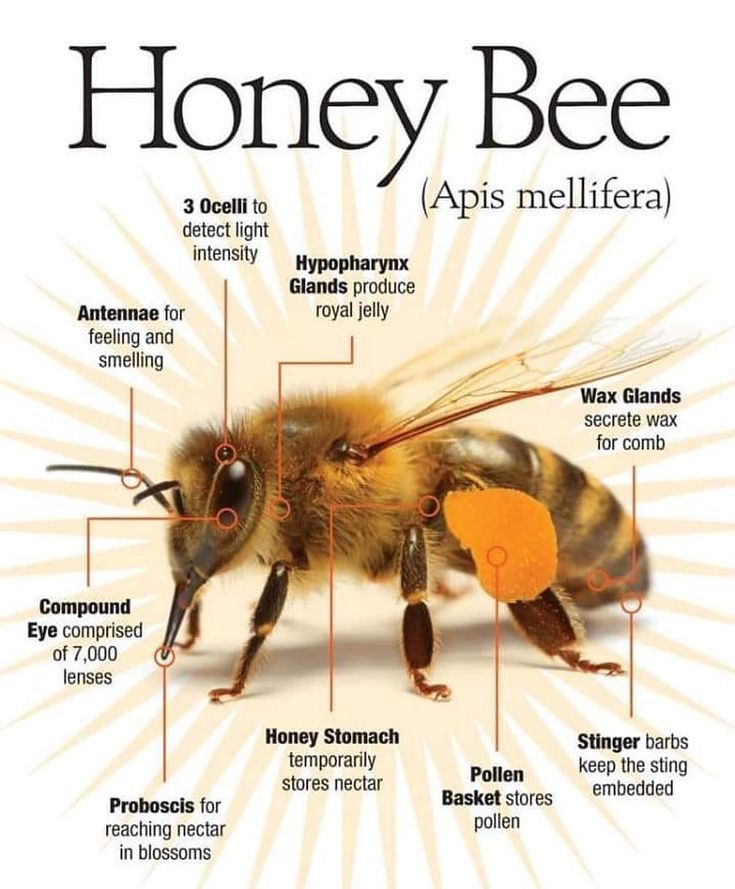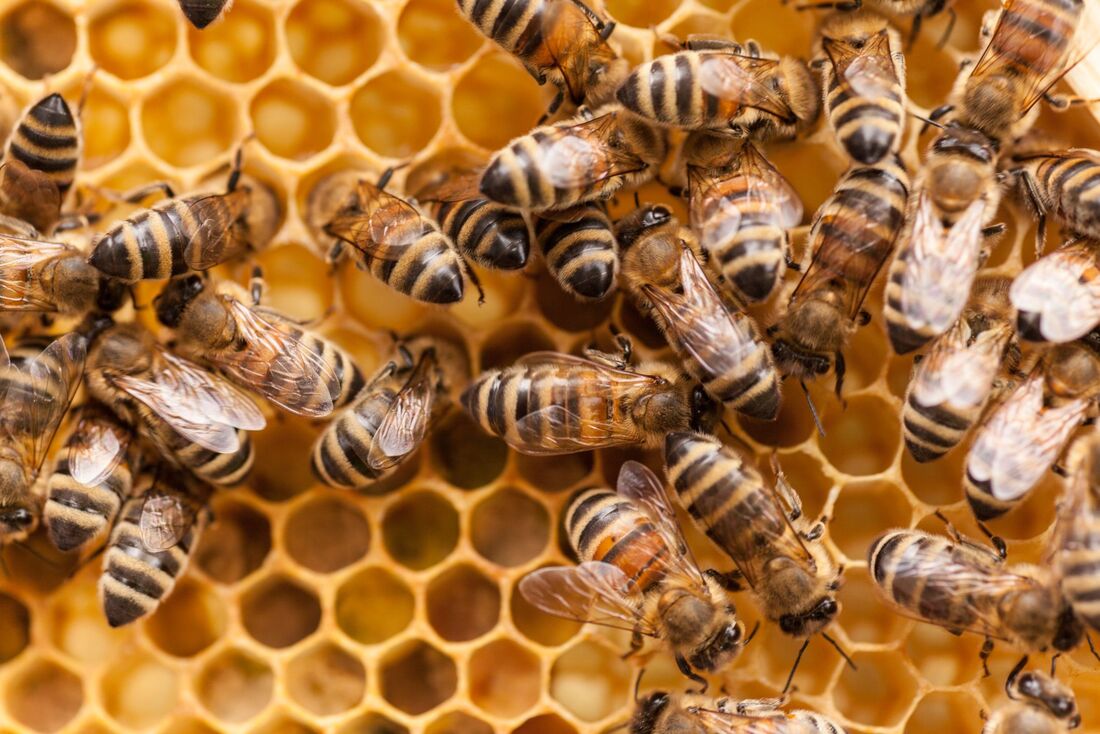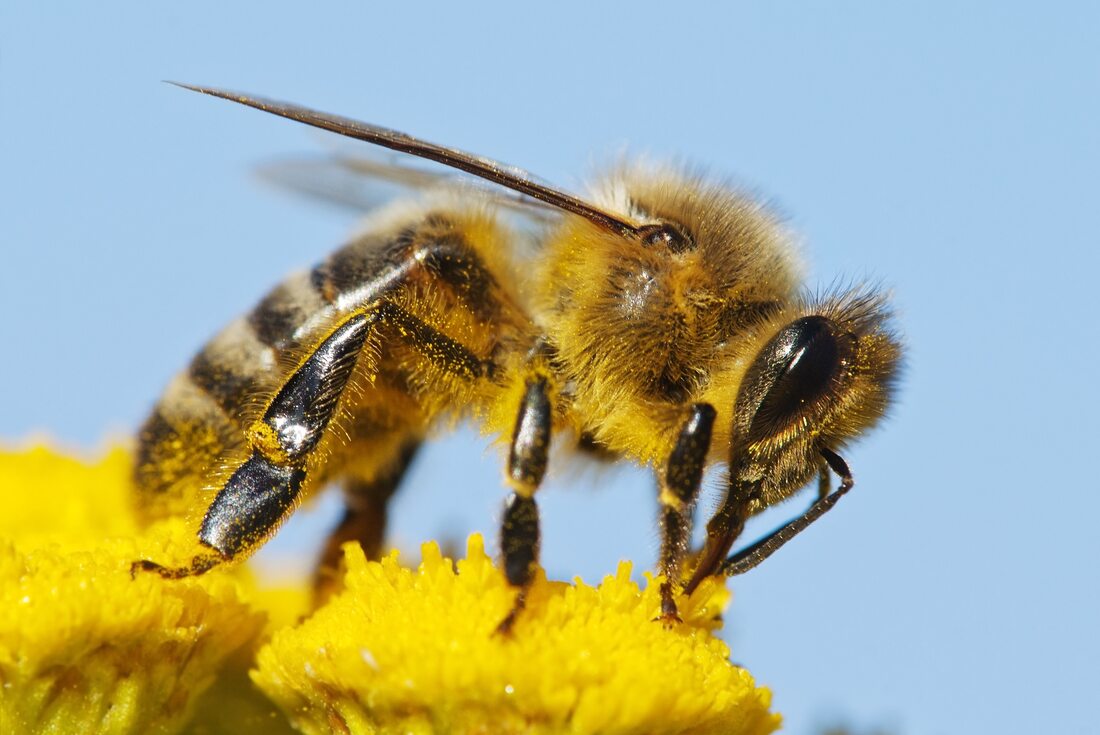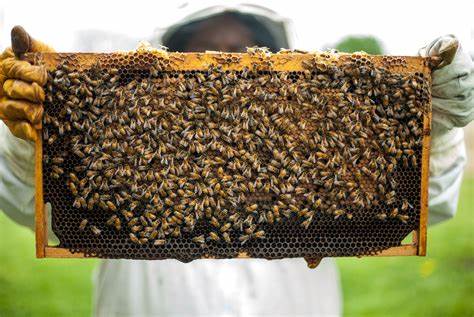HONEY BEES
Are bees really that busy as they say? There is always something new to learn about honey bees and how they operate. Here are some fascinating facts that will wow your mind as you learn more about these buzzing insects;
Queen: This is the adult-mated female bee in the colony, which runs the whole hive. The queen’s work is to lay eggs that will scion the next generation of bees in the hive. She also produces chemicals that guide the honey bees’ behavior.
Drones: These are the male bees born from unfertilized eggs. Their prime purpose is to mate with every new unfertilized queen.
Workers: The worker bees are female bees. Their role is to collect pollen and nectar from flower, clean and circulate air by beating their wings. The workers will fly around outside the hive in order to build and protect it.
Ejaculation then takes place immediately with an extremely explosive force, which leaves the tip of his endophallus behind, inside the queen. His abdomen also raptures, he falls to the ground and dies soon after.
In the hive, worker bees make them chew up the nectar and then deposit them into honeycomb wax cells. They then fan their wings vigorously over the nectar to dehydrate the liquid inside in the cells. This will transform a slightly thin liquid into very thick honey. Once they have mastered this art, they officially start producing honey like other worker bees.
When worker honey bees reach middle age, 1% of them become undertakers. They start removing dead bees from the hive due to a generic brain pattern that has compelled them to do so. However, before taking up a new gig, regular honey bees are able to change their brain capacity. This is because they partake in multiple jobs in their lifetime.
Ancient Asians in the Middle Eastern considered bees as symbols of purity and represented souls. They referred to bees as “beings of Fire’. In the Christian tradition, funerary motifs used the image of a bee to symbolize resurrected souls. Monastic communities in the Christian tradition aimed to achieve the communal organization that a bee hive has, by having orderly and charitable lives. The bible also uses a number of references to honey and bees; ‘the Promised Land’ for example, is referred to as “land flowing with milk and honey.”
- Honey Bees Live in Colonies
Queen: This is the adult-mated female bee in the colony, which runs the whole hive. The queen’s work is to lay eggs that will scion the next generation of bees in the hive. She also produces chemicals that guide the honey bees’ behavior.
Drones: These are the male bees born from unfertilized eggs. Their prime purpose is to mate with every new unfertilized queen.
Workers: The worker bees are female bees. Their role is to collect pollen and nectar from flower, clean and circulate air by beating their wings. The workers will fly around outside the hive in order to build and protect it.
- Honey Bees have 170 Odorant Receptors
- A Honey Bee can produce a Twelfth Teaspoon of Honey
- A Honey Bee Gathers Nectar from Two Million Flowers.
- Honey Bees are highly Valued Pollinators
- Honey Bees are Splendid Boogiers!
- A Queen Bee Can Lay up to 2500 Eggs in One Day
- The ‘Buzz’ of a Honey Bee is created by Their Wings
- Honey Bees Sleep in Shifts
- The Male Honey Bee Dies after Mating
Ejaculation then takes place immediately with an extremely explosive force, which leaves the tip of his endophallus behind, inside the queen. His abdomen also raptures, he falls to the ground and dies soon after.
- Honey Bees Carry a Load Half of Their Own Body Weight
- Honey Bees are The Official State Insect of Maine
- Honey Bees have two stomachs
- A Honey Bee will die after Stinging
- Honey Bees Have 5 Eyes
- Honey Bees use the Sun for Navigation
- Only Female Bees Have Stingers
- Every Honey Bee Colony Has its Own Distinct Odor
- Honey Bees Have Facial Recognition Software
- Honey Bees Detest Human Breath
- Honey Bees are Awesome Flyers
- Queen Bees Have a Lifespan of up to 5 Years
- Only 4 Species of Honey Bees Can Make Honey Out Of 20,000
- The Population of Honey Bees has been on the Decline for Over a Decade
- Honey Bees are Neat Freaks!
- Honey Bees Manufacture Bee wax from their Abdomen
- Honey Bees are Math Genius!
- Honey Bees are Absolute Bomb Detectors!
- Honey Bees Have Existed For Over 30 Million Years
- A Queen Honey Bee Preserves Lifetime Supply of Sperm.
- An Emergency Queen can be produced by a Hive.
- Not All Honey Bees Live in Hives
- Honey Bees are attracted to Caffeine
- Honey Bees Have Personalities.
- A Honey Bee’s Brain Defy Time
- Honey Bees Stings Have Some Benefits
- Honey Bees have Four Stages of Development
- Honey Bees Fly an Equivalent Distance of 1½ Times the Earth’s Circumference
- Honey Bees are not born with Knowledge of How to Make Honey
In the hive, worker bees make them chew up the nectar and then deposit them into honeycomb wax cells. They then fan their wings vigorously over the nectar to dehydrate the liquid inside in the cells. This will transform a slightly thin liquid into very thick honey. Once they have mastered this art, they officially start producing honey like other worker bees.
- Honey Bees Have 4 Wings
- Honey Bees are more Hardworking than You
- Honey Bees Change their Brain Chemistry, When They Change Jobs
When worker honey bees reach middle age, 1% of them become undertakers. They start removing dead bees from the hive due to a generic brain pattern that has compelled them to do so. However, before taking up a new gig, regular honey bees are able to change their brain capacity. This is because they partake in multiple jobs in their lifetime.
- Honey Bees React Strongly To Dark Colors
- Only Female Honey Bees Have Pollen Baskets
- Queen Bees are Larger in Size Compared to other Castes in the Colony
- Queen Bees are Not the Boss of the Hive!
- Honey Bees Have a Complex Tongue
- Honey Bees Are Symbolic In Religion, Culture and Mythology
Ancient Asians in the Middle Eastern considered bees as symbols of purity and represented souls. They referred to bees as “beings of Fire’. In the Christian tradition, funerary motifs used the image of a bee to symbolize resurrected souls. Monastic communities in the Christian tradition aimed to achieve the communal organization that a bee hive has, by having orderly and charitable lives. The bible also uses a number of references to honey and bees; ‘the Promised Land’ for example, is referred to as “land flowing with milk and honey.”
- Temperature Affects Honey Bee’s Behavior
- 90% of Honey Bees Species Live In Solitary
